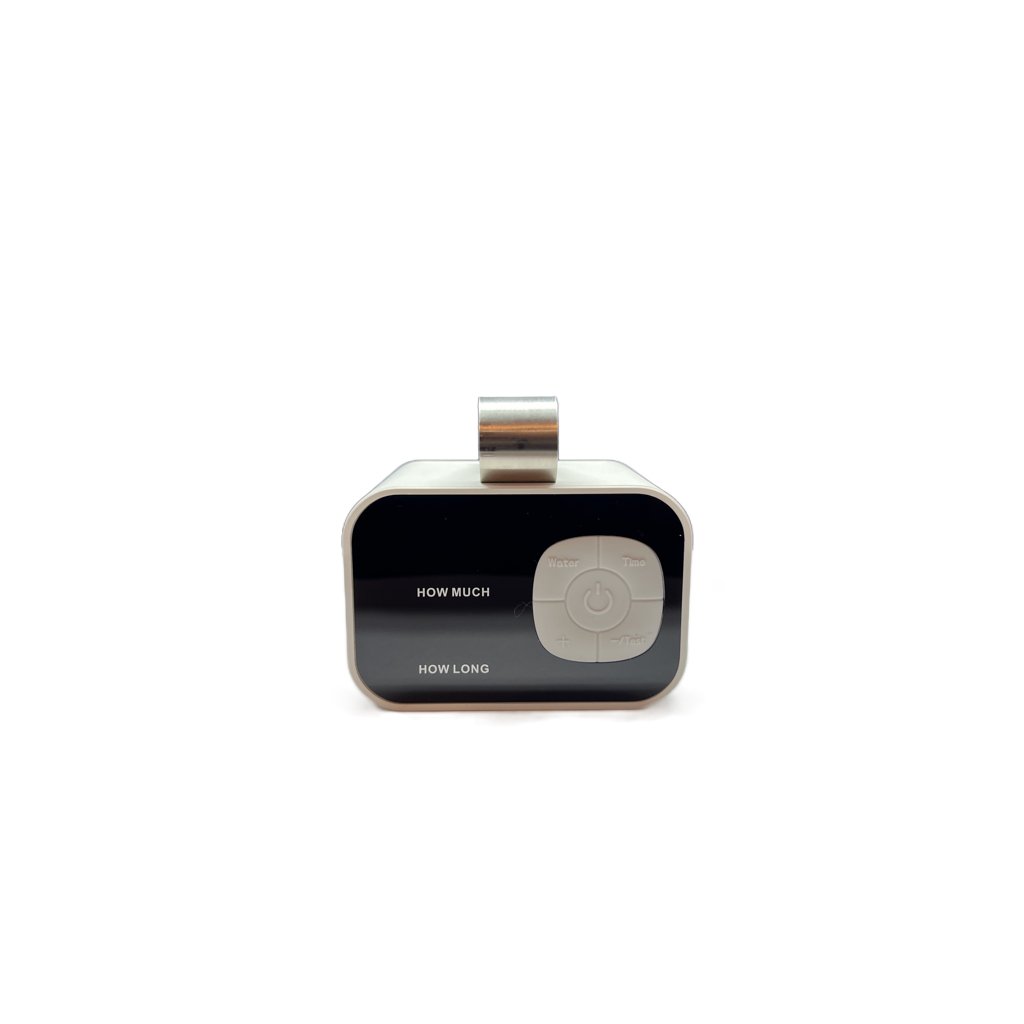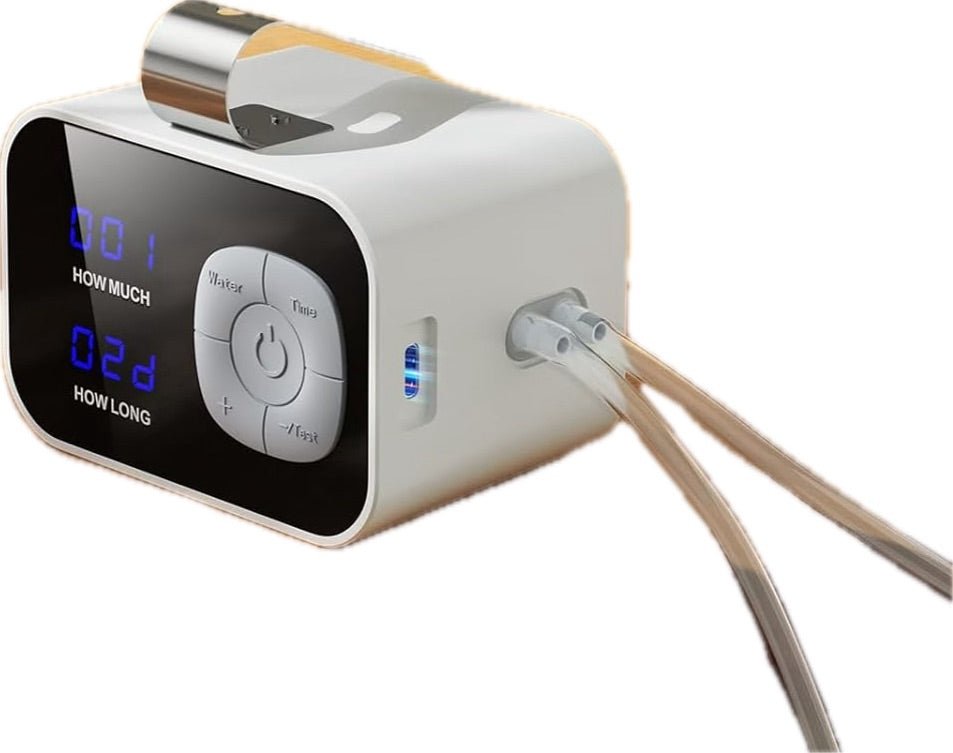Understanding SEER Ratings: Maximizing Your HVAC Efficiency
Share
Seasonal Energy Efficiency Ratio (SEER) ratings are a critical aspect of understanding and choosing your home's HVAC system. These ratings not only impact the environment but also influence operational costs over the system's lifespan. This article explores what SEER ratings mean, how they are determined, the difference between ratings, and how a higher SEER rating can lead to substantial energy savings.
What Does SEER Rating Mean?
SEER rating measures the efficiency of an air conditioning unit or heat pump. It calculates the cooling output during a typical cooling-season divided by the total electric energy input during the same period. In simpler terms, it's a metric to gauge how much cooling a system provides per unit of energy consumed.
How Is a SEER Rating Determined?
A SEER rating is determined under standardized testing conditions to ensure consistency and accuracy. The process involves measuring the amount of cooling output (measured in BTUs, or British Thermal Units) over a typical cooling season and dividing it by the electricity (in watt-hours) consumed. The higher the SEER rating, the more efficiently the air conditioning unit operates.
Differences in SEER Ratings
SEER ratings can vary significantly, with most modern air conditioners having ratings between 13 and 21. Older units might have SEER ratings as low as 8 or 9. The minimum SEER rating for new air conditioners sold in the United States varies by region, ranging from 13 to 14, due to differing climate demands.
Comparing SEER Ratings
The efficiency of an HVAC system increases with its SEER rating:
- Low SEER Ratings (13-15): Considered basic efficiency, these systems are more affordable but have higher operational costs.
- Medium SEER Ratings (16-18): Offer improved efficiency and moderate price increases, suitable for those looking to balance cost and performance.
- High SEER Ratings (19+): These systems provide the best efficiency, leading to the lowest operational costs, but come with a higher initial investment.
Energy Savings Potential
The energy savings potential of a high SEER rating is significant. Upgrading from a SEER rating of 9 to 16 can result in roughly 44% less energy consumption for cooling. These savings can dramatically reduce electricity bills over the unit's lifespan and contribute to a lower carbon footprint.
Conclusion
Understanding SEER ratings is essential for making an informed decision about your home's cooling system. While higher-rated systems come with an upfront cost, the long-term savings and environmental benefits can make them a worthwhile investment. When selecting an HVAC unit, consider your local climate, home size, and usage patterns to choose a system that offers the best balance of efficiency and cost-effectiveness.







